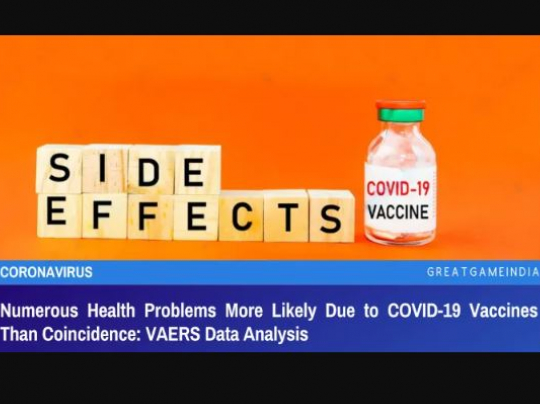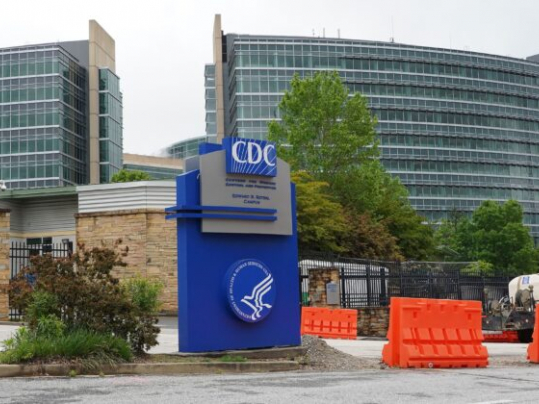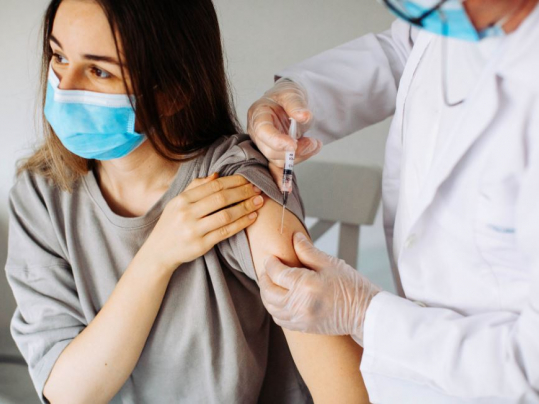Numerous Health Problems More Likely Due to COVID-19 Vaccines Than Coincidence: VAERS Data Analysis

There could be some undiscovered component that causes increased reports of unrelated health issues following the first or second dose. This would imply that numerous health problems are more likely due to COVID-19 vaccines than mere coincidence, as per a VAERS data analysis.
According to a review of information from the Vaccine Adverse Event Reporting System (VAERS), numerous health issues documented by individuals after getting one of the COVID-19 vaccine doses may be more likely to be induced by the vaccinations than coincidental.
Since the immunizations were introduced in late 2020, VAERS has received over a million complaints of various health concerns and over 21,000 death reports. Some specialists and government authorities have discounted the reports’ importance, claiming that simply because a medical issue arises after receiving the vaccine does not indicate it was induced by it.
According to Jessica Rose, a computational biologist who has been researching the statistics for at least nine months, a closer examination of the data reveals that many of the negative consequences are more than simply a coincidence.
“The safety signals being thrown off in VAERS now are off the charts across the board,” she told the media.
There are several methods for analyzing data to determine if the causal connection between an adverse occurrence and vaccination is genuine or fictitious. Vaccines, for instance, are frequently given in two dosages.
An unrelated vaccine-related adverse event should be dose agnostic. A stroke that happens to develop at the same time as a vaccination should not be fussy as to which dose it was. However, a number of the documented concerns in the VAERS data are dose-dependent. Myocarditis is observed many times more frequently in teenagers after the second dose than after the first. In comparison, Rose discovered that after a booster shot, the frequency is substantially lower than after the initial dose.

A graph showing age against absolute number of myocarditis reports filed to VAERS according to doses 1, 2 and 3 of the COVID-19 vaccines. (Jessica Rose)
Other researchers and health officials have previously acknowledged that the vaccinations are linked to an increased risk of myocarditis, particularly in teenage boys, but they often also claim that the risk is modest.
However, additional issues, such as fainting and dizziness, that are more frequent after the first dosage, exhibit dose-dependency in the VAERS data.

A graph showing age against absolute number of syncope (fainting) reports filed to VAERS according to doses 1 and 2 of the COVID-19 vaccines. (Jessica Rose)
Rose recognized that statistical analysis rarely yields conclusive results. There could be some undiscovered component, for example, that causes increased reports of unrelated health issues following the first or second dose.
However, the data, in her opinion, contradicts this conclusion. According to previous study, medical staff file the bulk of VAERS reports, and they should not neglect to record adverse events depending on which dose is being delivered. According to Rose, if people have health difficulties after receiving a novel substance injection and the symptoms alter significantly between the first and second dose, the substance is most likely to blame.
“In lieu of being able to explain this happening for any other reason, it satisfies the dose-response point quite well, in my opinion,” she said of the myocarditis results.
She stated she has not discovered a clear explanation for why the reports dropped after the “booster” doses. It is possible that folks who did not feel well after the first two shots might be hesitant to try another. As a result, people who are most vulnerable to a negative response would be less prone to receive the booster.
Rose arrived at the conclusions by analyzing the VAERS data using the Bradford Hill criteria, which are a collection of nine questions employed by epidemiologists to assess if a particular variable is likely to be the source of an observable health effect.
She stated that she was able to find proof to definitely answer all of the inquiries.
When Rose first attempted to publicize her findings, she was met with opposition from the scientific community. Last year, just as her report on VAERS myocarditis data was about to be released, the publisher withdrew it for unknown causes.
- Source : GreatGameIndia


















